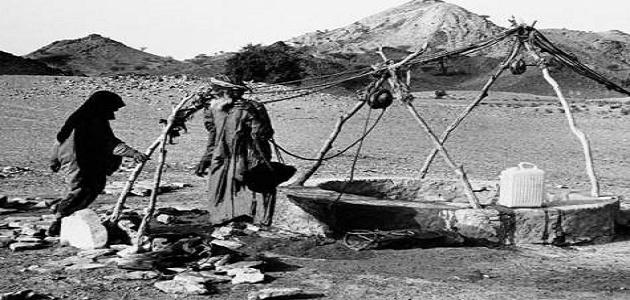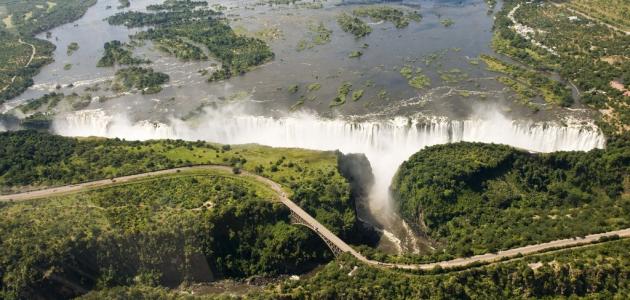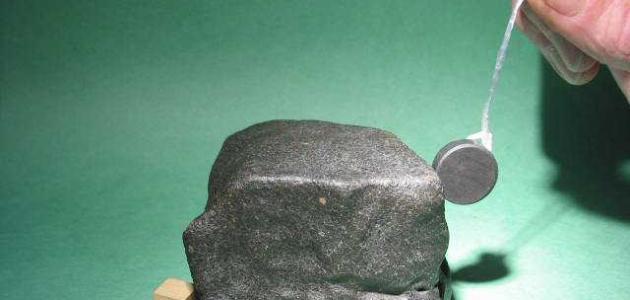Well drilling
Water has been considered one of the most important factors in the stability of societies since ancient times. The development of water systems is linked to the growth of cities. Digging shallow wells is the first innovative way to obtain water. As the need for water increased, deeper wells were dug, as residents of cities established in the Indus River Basin. Brick wells were built in 2500 BC, and water wells were dug in ancient China to a depth of up to 500 meters.
Construction of tunnels and water canals
Ancient man built sloping tunnels in the hills containing groundwater, which is believed to have been established in ancient Persia, about 700 years BC, where water passes through tunnels and open channels from the slopes of mountains by gravity to cities, and thus it has become widespread in Throughout the region, some of which still exist today, Tehran, the Iranian capital, continued to use its entire water supply from the canal system until 1933 AD.
Directing the water supply
Attempts to direct water supplies from distant sources increased as a result of the development of urban societies. One of the most prominent ancient water transportation systems was the aqueducts that were built in the period between 312 BC and 455 AD throughout the Roman Empire. The water channels were designed to extend from a distant area, such as rivers. And lakes. The ancient Roman aqueduct included a series of underground or above-ground aqueducts. The longest of these aqueducts was the Aqua Marcia, which was built in 144 BC, with an estimated length of about 92 km. All the combined aqueducts that supplied Rome were in the form of trenches or tunnels. Covered and supported by arcades consisting of one or more levels of massive granite and striking arches.
Read also:How was gold extracted in the past?Water flow control
Mesopotamia and Egypt succeeded in controlling the way water flowed, as the remains of prehistoric irrigation works still exist today. Building canals in ancient Egypt was a major endeavor for the pharaohs and their servants, as the first duties of regional rulers were to dig and repair water canals.
Facts about water
Water covers 71% of the world's land area, and thus water is one of the most available natural resources in terms of volume. Ocean water constitutes more than 97% of the Earth's water, which is moderately salty. It contains a number of minerals, such as salt, and is known as Salt water, and there is 2.78% fresh water, which is used by humans and animals, in addition to its use in agriculture, which means that salt water is more abundant than fresh water, which leads to an increase in the global problem of water resources, which humans seek to find. Solutions for it.
Read also:The importance of the seas for humans








